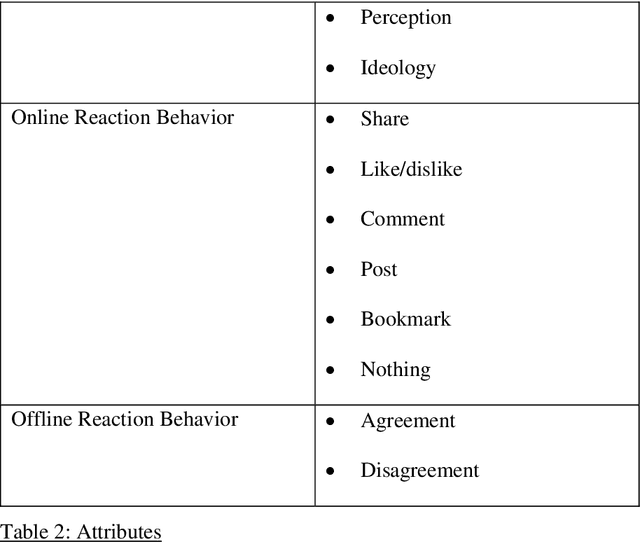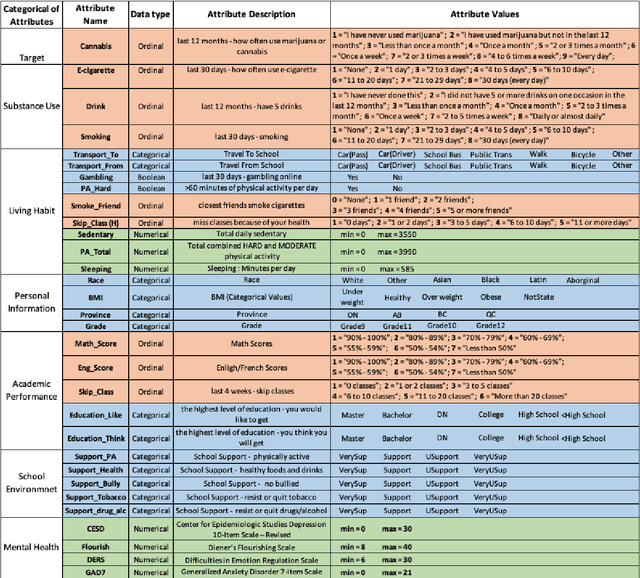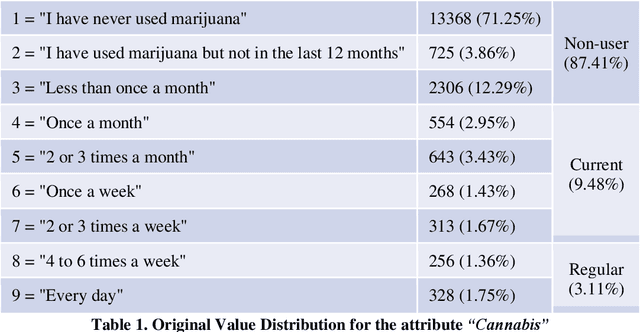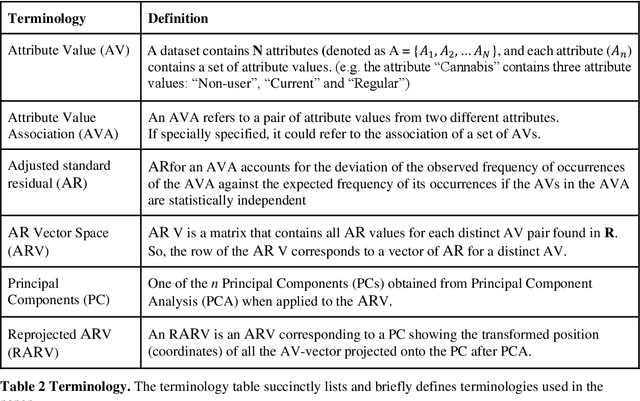Zahid A. Butt
Proposing a conceptual framework: social media listening for public health behavior
Jul 30, 2023



Abstract:Existing communications and behavioral theories have been adopted to address health misinformation. Although various theories and models have been used to investigate the COVID-19 pandemic, there is no framework specially designed for social listening or misinformation studies using social media data and natural language processing techniques. This study aimed to propose a novel yet theory-based conceptual framework for misinformation research. We collected theories and models used in COVID-19 related studies published in peer-reviewed journals. The theories and models ranged from health behaviors, communications, to misinformation. They are analyzed and critiqued for their components, followed by proposing a conceptual framework with a demonstration. We reviewed Health Belief Model, Theory of Planned Behavior/Reasoned Action, Communication for Behavioral Impact, Transtheoretical Model, Uses and Gratifications Theory, Social Judgment Theory, Risk Information Seeking and Processing Model, Behavioral and Social Drivers, and Hype Loop. Accordingly, we proposed the Social Media Listening for Public Health Behavior Conceptual Framework by not only integrating important attributes of existing theories, but also adding new attributes. The proposed conceptual framework was demonstrated in the Freedom Convoy social media listening. The proposed conceptual framework can be used to better understand public discourse on social media, and it can be integrated with other data analyses to gather a more comprehensive picture. The framework will continue to be revised and adopted as health misinformation evolves.
Cohort Characteristics and Factors Associated with Cannabis Use among Adolescents in Canada Using Pattern Discovery and Disentanglement Method
Sep 03, 2021



Abstract:COMPASS is a longitudinal, prospective cohort study collecting data annually from students attending high school in jurisdictions across Canada. We aimed to discover significant frequent/rare associations of behavioral factors among Canadian adolescents related to cannabis use. We use a subset of COMPASS dataset which contains 18,761 records of students in grades 9 to 12 with 31 selected features (attributes) involving various characteristics, from living habits to academic performance. We then used the Pattern Discovery and Disentanglement (PDD) algorithm that we have developed to detect strong and rare (yet statistically significant) associations from the dataset. PDD used the criteria derived from disentangled statistical spaces (known as Re-projected Adjusted-Standardized Residual Vector Spaces, notated as RARV). It outperformed methods using other criteria (i.e. support and confidence) popular as reported in the literature. Association results showed that PDD can discover: i) a smaller set of succinct significant associations in clusters; ii) frequent and rare, yet significant, patterns supported by population health relevant study; iii) patterns from a dataset with extremely imbalanced groups (majority class: minority class = 88.3%: 11.7%).
 Add to Chrome
Add to Chrome Add to Firefox
Add to Firefox Add to Edge
Add to Edge